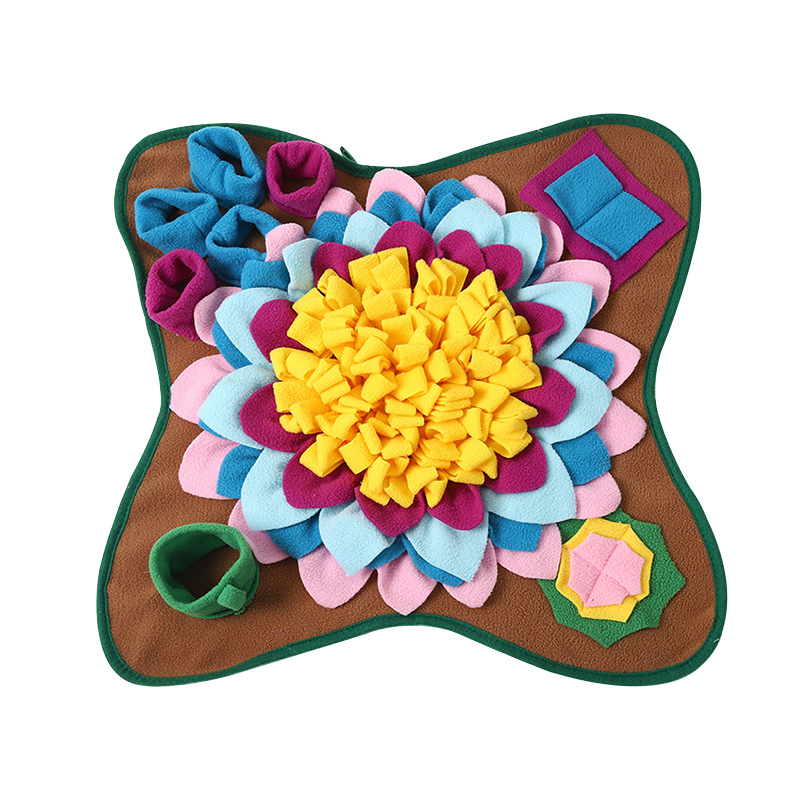Building Soundproof Panels A Step-by-Step Guide
Soundproofing is an essential aspect of creating comfortable living and working environments, particularly in urban areas where noise pollution is a common issue. Whether you’re looking to enhance the acoustics of a recording studio, create a peaceful home office, or simply reduce disturbances from neighbors, soundproof panels can be an effective solution. This article will guide you through the process of building your own soundproof panels.
Understanding Soundproofing
Before diving into the construction of soundproof panels, it's crucial to understand what soundproofing involves. Soundproofing works by either reducing the amount of sound that travels through walls and ceilings or by absorbing sound within a space to decrease reverberations. Common materials used in soundproofing include dense foam, fiberglass, mineral wool, and specialized soundproofing materials.
Materials Needed
To build your own soundproof panels, you will need the following materials
1. Acoustic Foam or Mineral Wool These materials effectively absorb sound waves. Acoustic foam is ideal for absorbing high frequencies, while mineral wool can help with lower frequencies. 2. Wood Frame You will need wood (such as plywood or MDF) to construct the frame of the panel. The thickness can vary; 1 inch is typically sufficient. 3. Fabric Covering A breathable fabric (like cotton or burlap) to cover the panel and allow sound to penetrate the insulation. 4. Staples and Stapler For attaching the fabric to the frame. 5. Saw To cut the wood to size. 6. Drill or Screwdriver To secure the frame. 7. Measuring Tape For accurate measurements. 8. Sandpaper To smooth out any rough edges on the wood.
Step-by-Step Instructions
1. Determine the Size Measure the area where you want to hang your soundproof panels. Common sizes for panels are 2x4 feet or 1x1 feet, but you can customize based on your needs.
building soundproof panels

2. Cut the Wood Using your saw, cut the wood into the desired panel size. You may need two pieces for each panel to create a frame.
3. Assemble the Frame Create a rectangle with the two cut pieces, securing them at the corners with screws or nails. Ensure that the frame is sturdy enough to support the acoustic material.
4. Prepare the Acoustic Material Cut your acoustic foam or mineral wool to fit snugly inside the wooden frame. Leave about an inch of space from the edge of the frame, ensuring it remains within bounds.
5. Insert the Insulation Place the foam or wool into the frame. Make sure it’s packed tightly so that no gaps affect its sound-absorbing capabilities.
6. Cover the Panel Lay your fabric over the front side of the frame and pull it taut. Wrap it around the edges and stapling it to the back of the frame. Make sure the fabric is secure but not overly tight, as this can affect the sound absorption.
7. Finish the Edges Use sandpaper to smooth any rough edges of the frame that may be exposed. This ensures safety and a polished look.
8. Mount the Panels Depending on where you want to place your panels, you can either hang them on the wall using mounting brackets or simply lean them against a wall. For studios or offices, the arrangement can be strategic, focusing on corners and areas where sound reflects.
Conclusion
Building soundproof panels is a DIY project that can significantly improve the acoustics of your space. With a few basic materials and tools, you can create effective sound barriers that not only enhance your environment but also add a touch of personal craftsmanship to your decor. By following these steps, you’ll be on your way to a quieter, more serene setting, whether it be for work, study, or relaxation. Happy building!
-
Waterproof Dog Blankets for Indoor and Outdoor UseNewsAug.01,2025
-
Sustainable Wool Cat Beds Eco-Friendly Choices for Pet OwnersNewsAug.01,2025
-
Snuffle Ball Benefits for Dogs Mental Stimulation and ExerciseNewsAug.01,2025
-
Puppy Treat Puzzles as Social Tools Fostering Bonding Through PlayNewsAug.01,2025
-
Custom Wooden Pet Houses Tailored to Your Pet’s PersonalityNewsAug.01,2025
-
Corrosion Resistance in Environments: A Guide for Washer Hose ClampsNewsAug.01,2025
